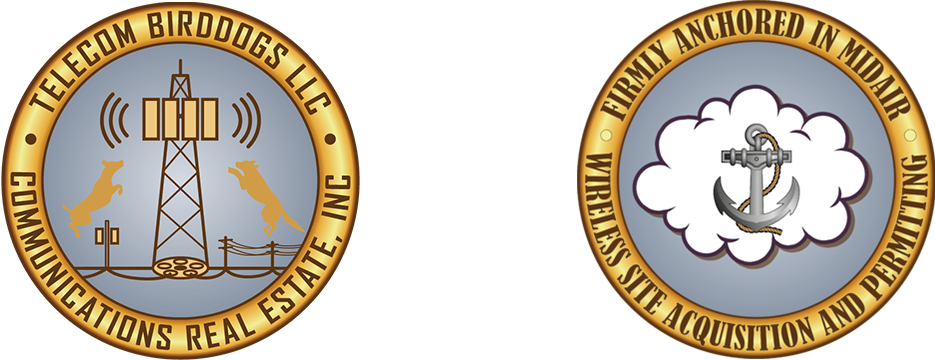Site Development Process #6 Collocation Applications
Site Development Process #6 Collocation Applications
Prepare, coordinate, and process applications for collocations.
From the beginning of this text, placing new wireless facilities on existing structures has been emphasized. In Module 6 Search Area Design, considering existing structures by RF engineers was a primary consideration taken into account. A site acquisition consultant’s initial evaluation of an assignment includes consideration of potential existing structure collocations, as discussed in Module 7 Search Area Assignment. Zoning officials always want to know if existing structures could be made use of, as mentioned in Module 9 Zone-ability, and discussed in Module 28 Local Permit Applications.
When existing structures are available, feasible, and chosen in the site selection process, collocation applications need to be completed and submitted to the structure owner to initiate the process to secure space rights. Collocation applications involving a proposal to mount antennas on someone else’s existing structure require greater detail from the wireless carrier than an inquiry to build a new structure on vacant land, merely requiring an allocation of land space. I’ll discuss applications for collocation next in Module 17 Collocation Applications.
The type of collocation I limit this discussion to is based on the way wireless industry players process collocation applications for one another under MLAs. Not all owners of structures used for wireless facilities require as much equipment component detail in collocation inquiries as wireless carriers and tower companies do. As the owners of existing structures gain the experience they are more likely to adapt to collocation procedures that resemble that of wireless industry carriers and tower companies. For this reason, the discussion focuses on the detailed applications required by industry operatives.
Site acquisition consultants gather the data and fees required and prepare collocation applications. The A&E firm, RF engineer, and construction manager may review the collocation application information to double-check its accuracy. The acquisition consultant submits the application and fees to the structure owner. Precision is important in the application because the equipment detail becomes the basis for structural analysis to determine the proposed wind and weight loading to be added to the structure. The structural analysis may need to be redone if the equipment loading specifications change.
The structural analysis is ordered after the structure owner gives preliminary approval of the application. A draft space-rights agreement is provided to the site acquisition consultant while the structural analysis is performed. Additional fees are necessary for structural analysis. Processing fee payments in a timely manner help keep the project moving swiftly.
The site acquisition consultant monitors and tracks the progress of the draft space agreement and the results of the structural analysis with the structure owner’s representative. A complete set of due diligence documents should have been obtained from the structure owner by now. See Module 23 Collocation Agreements, for a discussion about completing the collocation process to obtain the space-rights entitlement.
Upon the completion of the Course Topics in Module 17- Collocation Application,
please progress in the Roadmap to Process #7- Title Commitment Work.
